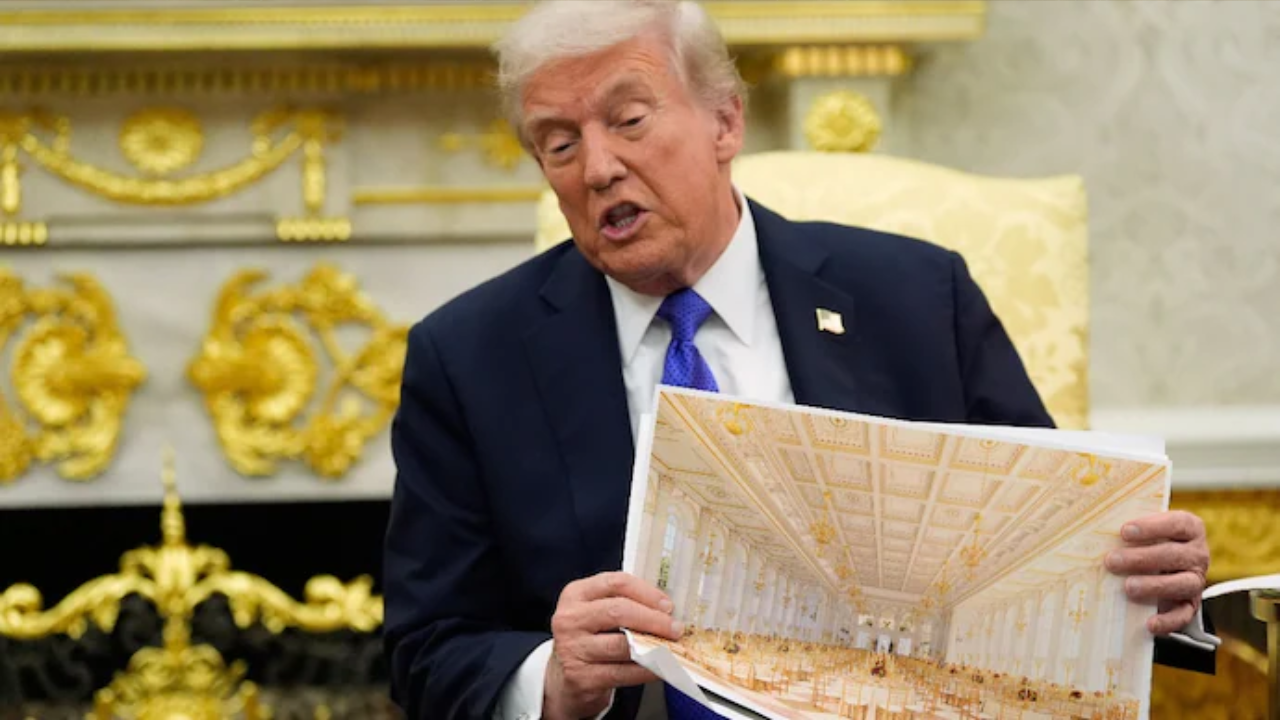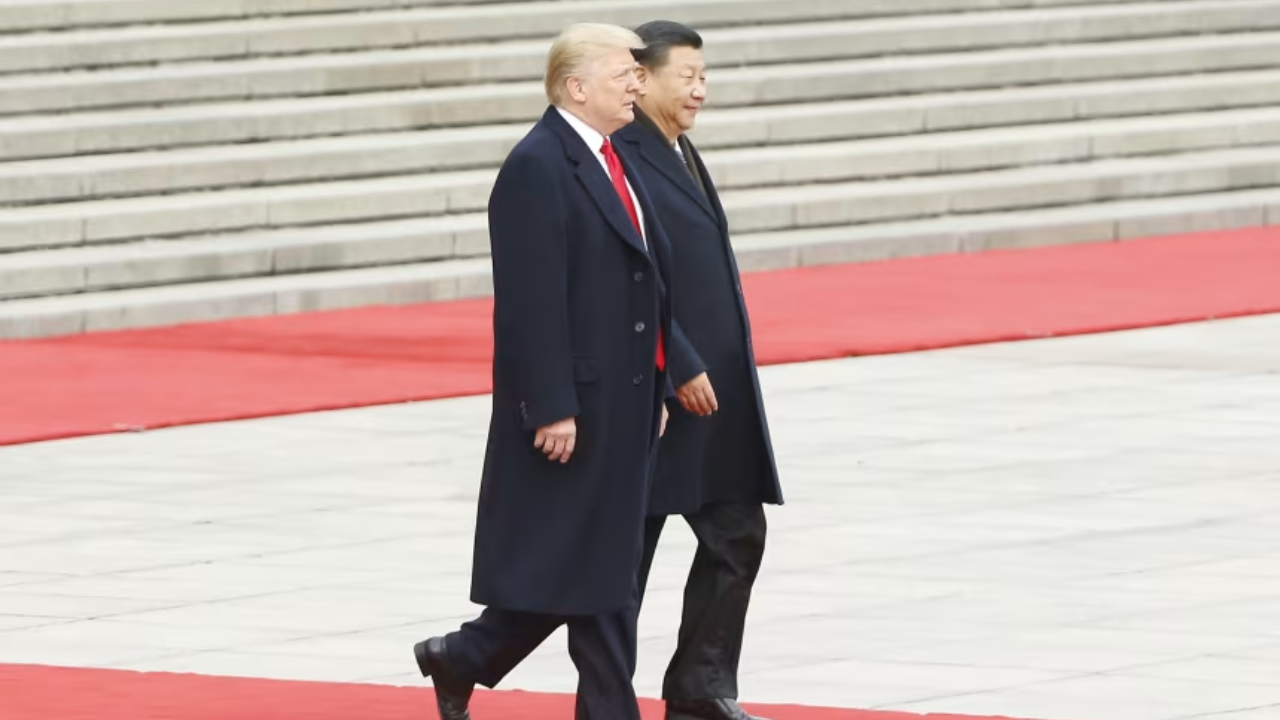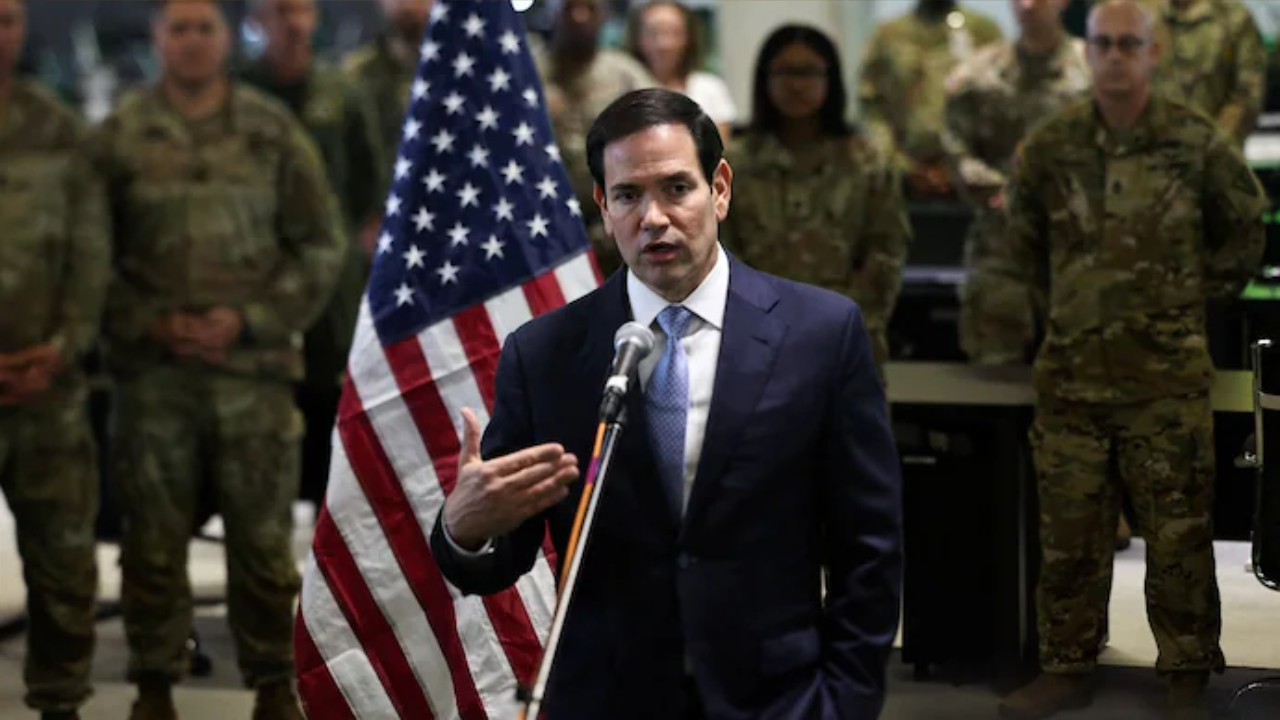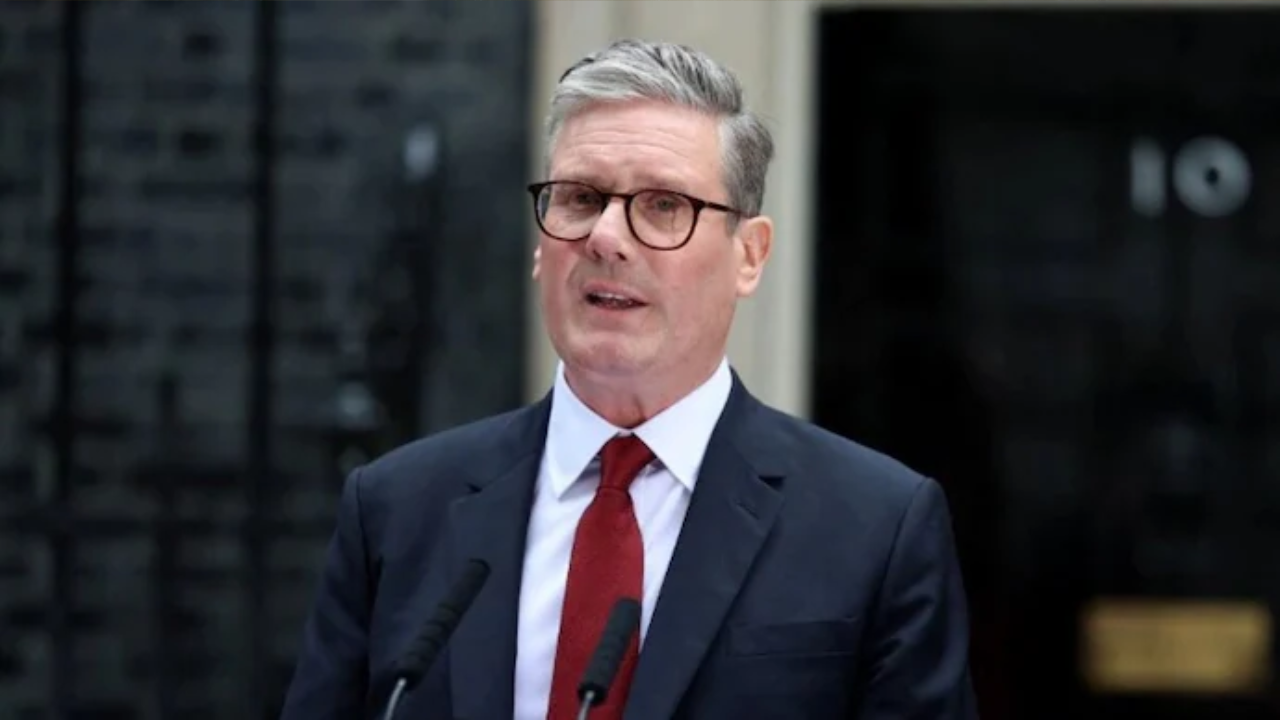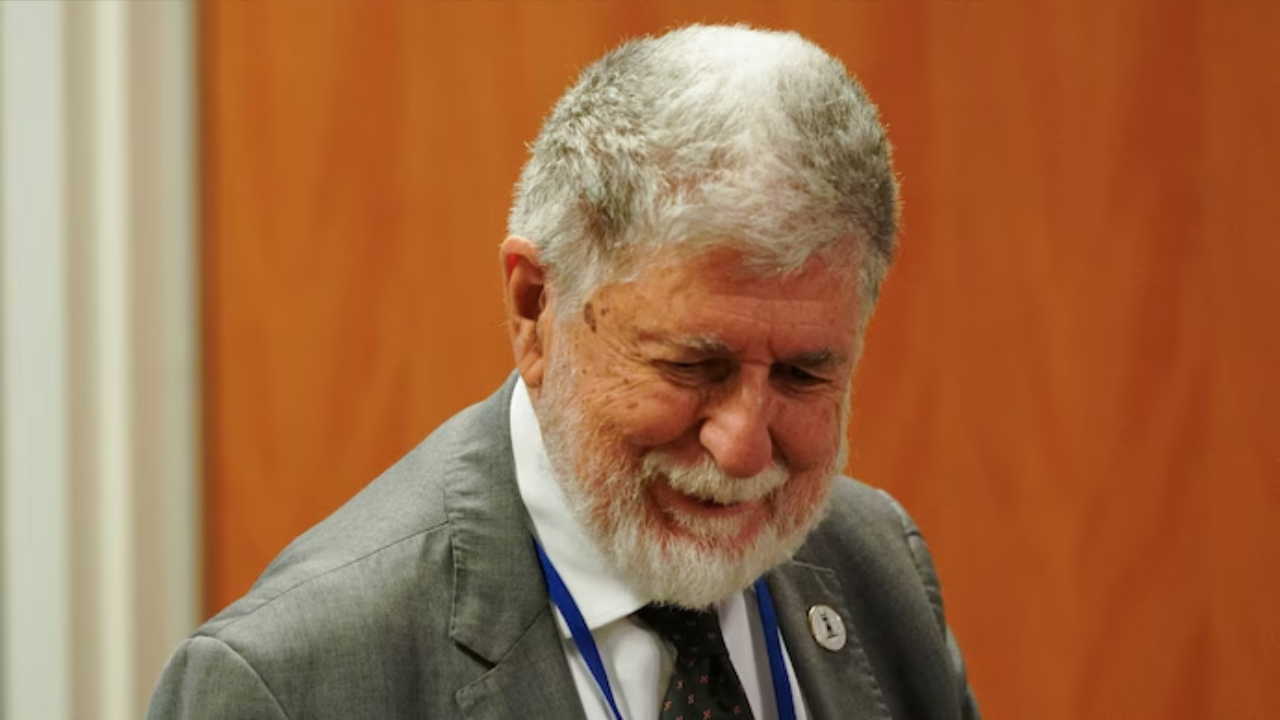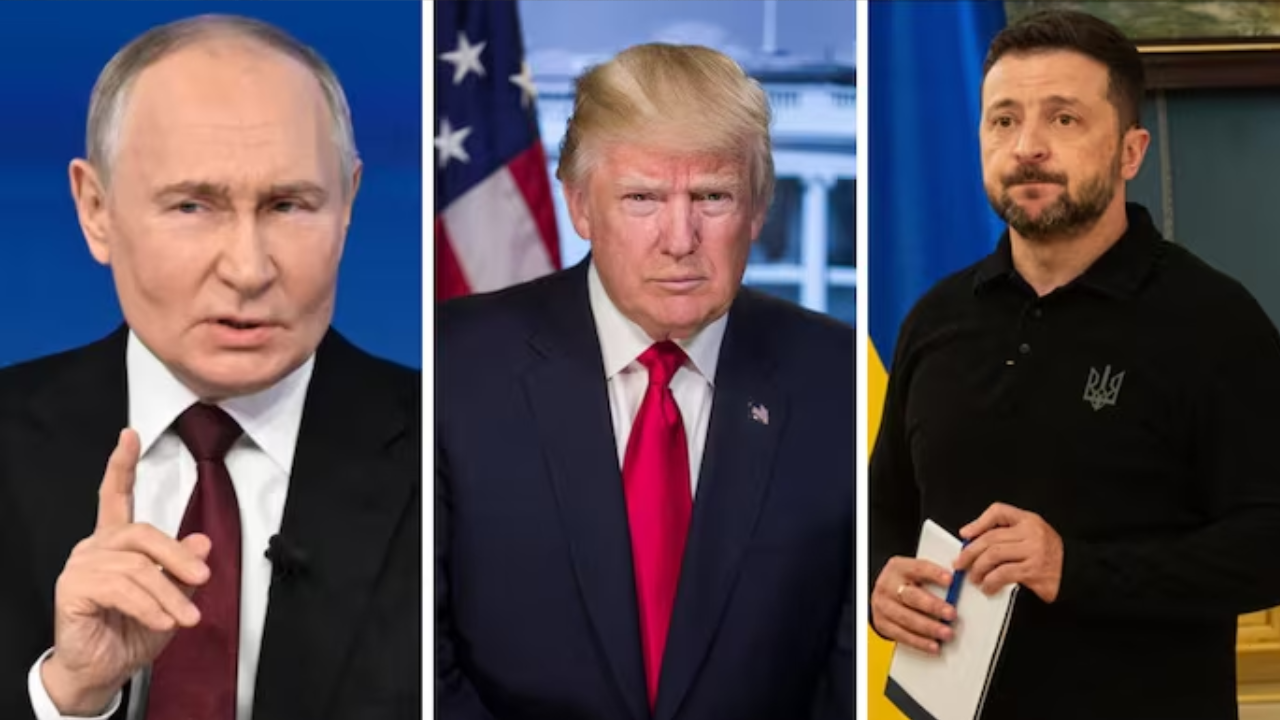In a construction spectacle that has drawn international comparisons, the proposed $300 million gold-tinted ballroom at the White House is being built with a style many have likened to large-scale infrastructure projects in India.
The project, spearheaded by President Donald Trump, involves the demolition of the East Wing—the traditional base of the First Lady and her staff since 1942. This grand vision exhibits what critics are calling a clear disregard for typical regulatory processes, mirroring two common points of contention in Indian construction: skipped approvals and massive cost overruns.
Skipping the Red Tape
Much like construction that proceeds in India without municipal sign-off, the White House demolition began with bulldozers rolling onto the grounds without advance approval from the National Capital Planning Commission (NCPC), the federal agency typically required to sign off on major construction in D.C.
The White House press secretary defended the move by arguing that NCPC approval wasn’t required for demolition work. However, the action has been broadly criticized as an attempt to proceed unilaterally, reflecting the sort of “flexible” relationship with government institutions that is often attributed to large builders.
Ballooning Costs
The project’s financing also follows a pattern of dramatic budget escalation. The initial cost estimate for the ballroom was $200 million. Within weeks, this figure was revised upward to $250 million, and then finally to $300 million, marking a 50% increase from the initial announcement.
This kind of rapid budget growth, where a project’s final cost significantly outstrips its initial estimate, is a familiar feature of many high-profile infrastructure schemes in India, such as the Mumbai Coastal Road and Delhi Metro extensions, which often face fiscal black holes and protracted timelines.
Billed as a “legacy project” and largely funded by private donors—including major companies with government contracts—the 90,000-square-foot ballroom will be nearly double the size of the White House itself, ensuring that President Trump leaves a massive, golden, and unmistakable mark on the nation’s executive residence.
